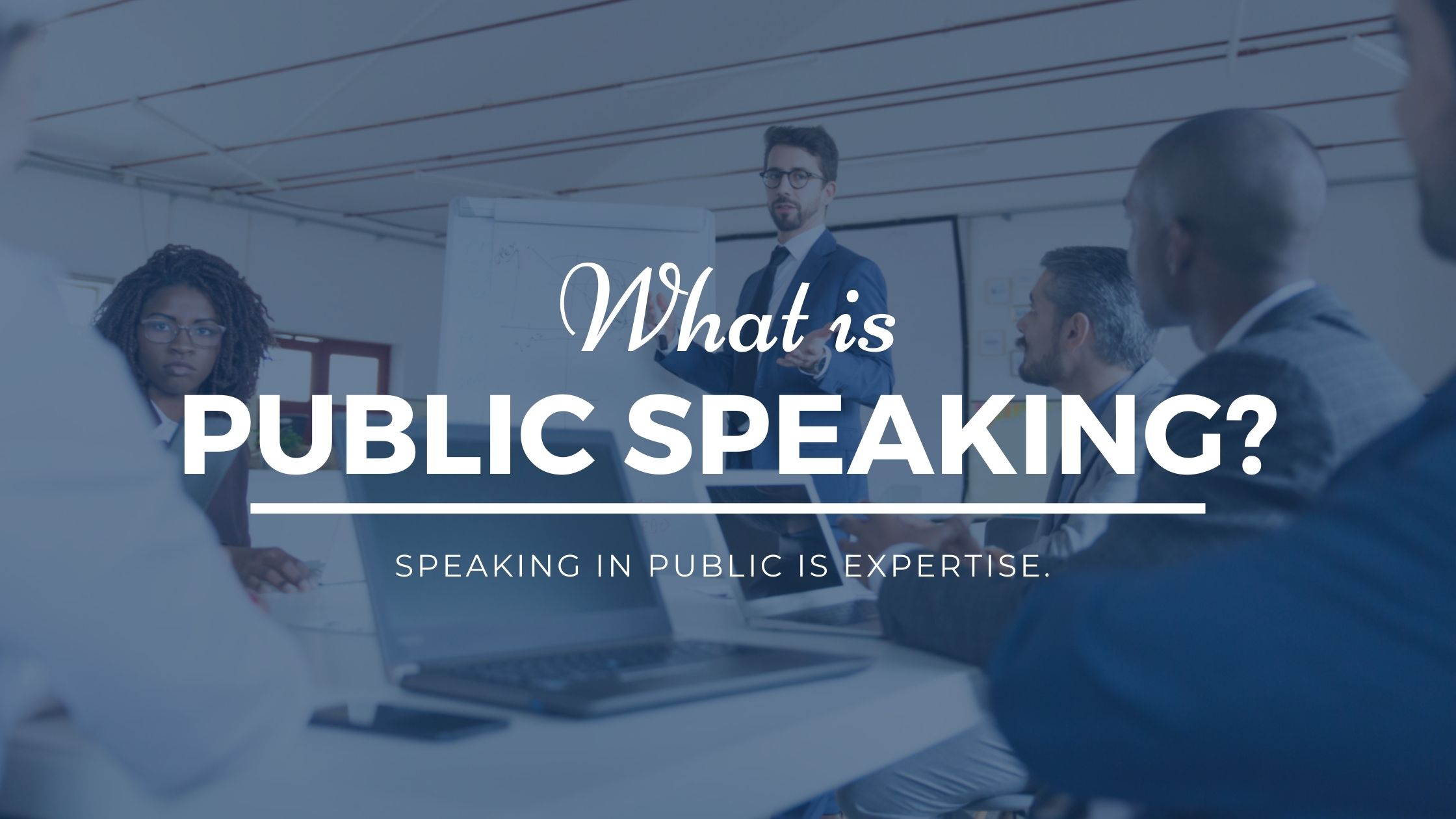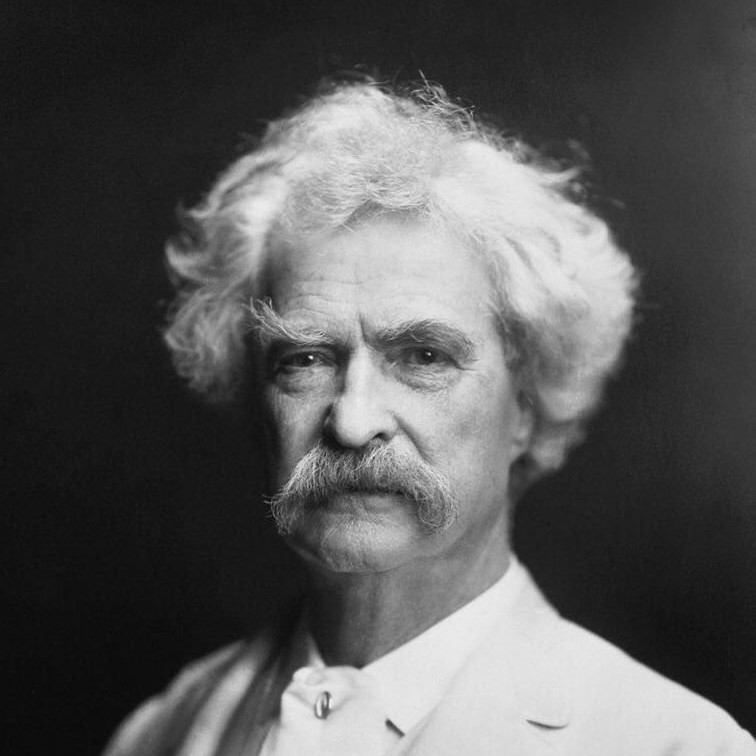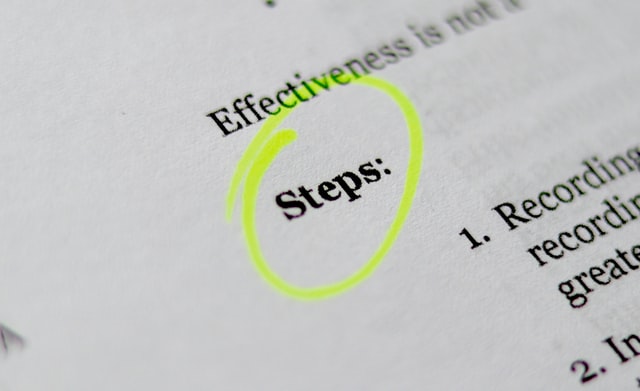
What are the Advantages and Disadvantages of Publicity?
May 31, 2021 | Publicity
In today’s rapidly evolving landscape, where information travels at the speed of light and attention spans are as fleeting as a passing breeze, the art of publicity has emerged as a strategic tool for individuals, organizations, products, and events to capture the limelight, shape perceptions, and build credibility. Yet, like any powerful tool, publicity comes with its own set of advantages and disadvantages. In this article, we’ll delve deep into the intricacies of promotion, exploring its potential benefits and pitfalls and understanding why strategic timing and unwavering accuracy play pivotal roles in this dynamic realm.

Advantages of Publicity:
1. Increased Visibility:
Publicity is a powerful spotlight, illuminating entities that might otherwise remain in the shadows. Whether it’s a burgeoning startup, an artist with a unique perspective, or a social cause that demands attention, publicity amplifies visibility and introduces these entities to a broader audience. This surge in visibility can pave the way for recognition, support, and growth.
In a world where countless voices clamor for attention, gaining visibility is akin to rising above the noise. Publicity provides the platform to showcase talents, ideas, and innovations, allowing lesser-known entities to stand out and shine.
For emerging artists, public figures, or startups, publicity serves as a stepping stone to the public’s consciousness, helping them transition from relative obscurity to a position of relevance. By harnessing the power of publicity, entities can broaden their reach and secure a place in the hearts and minds of their target audience.
2. Brand Awareness:
Establishing brand awareness is a paramount goal for any entity in a world brimming with options. Publicity acts as a megaphone, broadcasting your brand’s identity, values, and offerings to the masses. Notable brands like Apple and Coca-Cola have capitalized on publicity and advertising to transform into household names, capturing consumer loyalty and trust.
Brand awareness is more than just recognition; it’s about embedding your brand into the collective consciousness. Publicity ensures that your brand’s story is shared, enabling the audience to connect with the values and promises that your brand represents.
Your brand gains exposure to diverse audiences through strategic placements in media outlets, fostering familiarity and trust. Positive associations formed through well-executed publicity campaigns can have a lasting impact, influencing consumers’ purchasing decisions and driving brand loyalty.

3. Credibility and Trust:
Trust is the bedrock upon which relationships are built. Positive publicity provides a unique advantage by infusing a sense of credibility and authenticity.
Publicity often appears in news stories or features, lending an air of objectivity that traditional advertising may struggle to replicate. This perceived impartiality can sway public opinion and foster trust.
In an era characterized by skepticism toward overt advertising, the credibility offered by publicity is invaluable. When a respected media outlet highlights your achievements, expertise, or contributions, it validates your credibility in the eyes of the audience.
This validation from a third-party source establishes you as an authoritative figure in your field. By leveraging the credibility bestowed by positive publicity, entities can overcome skepticism and build lasting trust with their target audience.
4. Cost-Effectiveness:
In an era where advertising budgets can run into millions, publicity offers a cost-effective alternative. It taps into the power of media coverage, word-of-mouth, and organic sharing to amplify your message. The absence of direct advertising costs makes it an attractive option for entities seeking impactful exposure without straining their financial resources.
Publicity presents a unique, cost-effective avenue for entities to attain widespread recognition. Traditional advertising often demands substantial financial investments to secure placements, while publicity relies on media interest and newsworthiness.
The ability to garner media attention without incurring significant expenses is a distinct advantage, particularly for startups, non-profit organizations, and individuals with limited budgets. This democratization of visibility ensures that entities with compelling stories and ideas can compete on a more level playing field, irrespective of financial resources.
Action Item
5. Opportunity for Education:
Publicity isn’t solely about marketing products; it’s also a vehicle for education. Whether shedding light on critical social issues, showcasing innovative solutions, or enlightening the public about scientific advancements, publicity serves as a conduit for imparting knowledge and encouraging informed discourse.
Education is essential to societal progress, and publicity offers a powerful platform for fostering awareness and understanding. Entities tackling complex issues or introducing groundbreaking concepts can utilize publicity to convey information and spark meaningful conversations.
By framing your message in an educational context, you position yourself as a thought leader who contributes to the betterment of society. This dual publicity purpose – to inform and inspire – has the potential to drive positive societal shifts and add to collective well-being.
6. Social Proof:
Humans are inherently social creatures who often seek validation from others before making decisions. Positive publicity provides social proof, assuring potential customers that their peers have had positive experiences. This validation can be a tipping point that converts mere interest into action.
The power of social proof cannot be overstated in influencing consumer behavior. Observing others embracing a brand, product, or idea generates a sense of trust and reduces the perceived risk of making a choice. Positive publicity serves as a tangible manifestation of this social proof.
Media coverage, testimonials, and endorsements showcased through publicity validate your entity’s value proposition, signaling to the audience that others have found merit in your offer. By leveraging social proof, entities can accelerate decision-making and drive conversions.
Disadvantages of Publicity:

1. Lack of Control:
Publicity, unlike advertising, places a significant portion of control in the hands of external parties such as journalists, editors, and media outlets. The manner in which your message is interpreted and presented can deviate from your intentions, leading to potential miscommunication or misrepresentation.
Navigating the world of publicity requires relinquishing control over how your message is communicated. Journalists have the prerogative to shape the narrative based on their editorial judgment.
While this can lead to positive outcomes when aligned with your objectives, it also carries the risk of unintended consequences. The difficulty is finding an equilibrium between conveying your message and allowing room for journalistic creativity, all while minimizing the risk of distortion or misinterpretation.
2. Negative Publicity:
While the maxim “There’s no such thing as bad publicity” may persist, negative publicity can wreak reputation havoc. A single unfavorable event or misstep can spiral into a wave of negative attention, causing long-term damage and eroding trust. Managing and mitigating negative publicity requires meticulous strategy and crisis communication.
The adage that any publicity is good publicity is only sometimes applicable in reality. Negative publicity can have far-reaching and detrimental effects on an entity’s reputation.
Unfavorable media coverage or a public relations crisis can lead to tarnished credibility, loss of trust, and declining stakeholder confidence. The aftermath of negative publicity requires a swift and calculated response, including transparent communication, corrective actions, and efforts to rebuild trust with the affected audience.

3. Loss of Privacy:
For individuals and entities seeking publicity, the spotlight comes at a cost – the loss of privacy. Journalists and the public often delve into personal lives, seeking sensationalism or uncovering previously hidden details. This intrusion can infringe on personal boundaries and create vulnerabilities.
Embracing publicity involves an inherent trade-off between visibility and privacy. The thirst for sensationalism can lead media outlets to probe into personal matters that may be irrelevant to the intended message. Striking a balance between sharing relevant information and safeguarding personal privacy becomes crucial, especially for public figures and entities seeking to maintain discretion.
4. Limited Message Control:
While advertising empowers entities to craft messages meticulously, publicity doesn’t afford the same degree of control. Journalists may emphasize certain aspects or frame the story to align with their editorial preferences. As a result, your message might not be conveyed as precisely as you intended.
Publicity introduces an element of uncertainty regarding how your message will be presented to the audience. Journalists bring their unique perspectives and editorial choices to the table, which can influence the overall narrative.
While media coverage allows third-party validation, it also necessitates relinquishing control over specific messaging points. Effective media relations and clear communication with journalists can help steer the narrative closer to your intended message.
Pro Tip
5. Short-Lived Impact:
Publicity, though capable of creating a burst of attention, is often short-lived in its impact. The constant influx of news and information means that today’s headline could be tomorrow’s afterthought. Entities seeking sustained visibility must continuously engage with the media and find ways to remain relevant.
The dynamic nature of news cycles and the perpetual stream of new information contribute to the transient nature of publicity’s impact. Captivating headlines today may quickly be replaced by more recent stories, causing your message to fade into the background. To tackle this impermanence, organizations should embrace a proactive strategy to remain pertinent and consistently communicate noteworthy advancements, ensuring their continued visibility among the public.
6. Media Bias:
Like any other entity, media outlets can be influenced by biases, perspectives, and agendas. How a story is presented may not align with your viewpoint, potentially leading to unintended consequences or misrepresentation.
Navigating media bias is an inherent challenge in the realm of publicity. Journalists and media outlets may approach a story from a particular angle, emphasizing certain aspects while downplaying others. This can lead to a misalignment between your intended message and how it’s conveyed.
To address this challenge, building relationships with journalists, offering accurate information, and seeking opportunities for diverse perspectives can contribute to a more balanced portrayal of your message.

7. Time and Effort:
While publicity might be cost-effective in terms of monetary investment, it demands significant time and effort. Crafting newsworthy stories, building relationships with media professionals, and managing the entire process necessitate dedicated resources.
Publicity is not passive; it requires active engagement, strategic planning, and consistent effort. Crafting compelling stories that capture media interest, building relationships with journalists, and nurturing media contacts all demand time and energy.
The process involves identifying timely angles, researching, and tailoring pitches to different media outlets. As a result, entities seeking the benefits of publicity must allocate resources to manage these demands effectively.
8. Legal and Ethical Concerns:
Navigating the realm of publicity can sometimes lead to legal and ethical challenges. Sensitivity to what information can be disclosed, avoiding misinformation, and respecting personal boundaries are essential to ensure your publicity efforts don’t veer into contentious territory.
A clear understanding of legal and ethical boundaries must guide the pursuit of publicity. Oversharing sensitive or confidential information can result in legal repercussions and privacy breaches.
Misrepresentation or manipulation of facts can damage your entity’s credibility and reputation. Striking a balance between transparency, accurate communication, and ethical considerations is essential to navigating publicity’s potential pitfalls and complexities.
In Conclusion:

The advantages and disadvantages of publicity paint a complex tapestry that demands strategic navigation. In a world where attention is a precious currency and reputation can be fragile, understanding publicity’s potential benefits and pitfalls is crucial. Entities must weigh these factors against their goals, resources, and risk tolerance.
By recognizing the power of publicity to elevate visibility, foster trust, and drive impact while simultaneously acknowledging its limitations and potential drawbacks, entities can make knowledgeable decisions following their goals. It’s a delicate balancing act that requires the synergy of strategic timing, unwavering accuracy, and a keen awareness of the ever-evolving media landscape. As the world continues to evolve, so too must our approach to harnessing the power of publicity responsibly and positively.

















Recent Comments